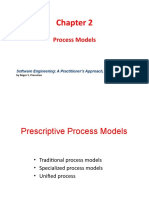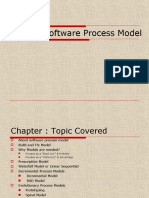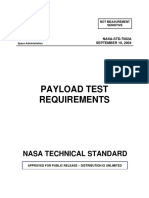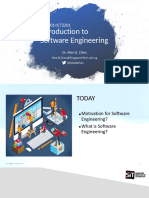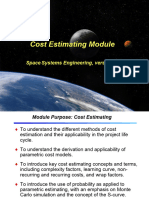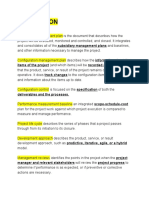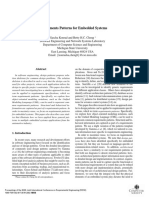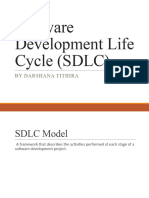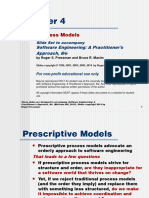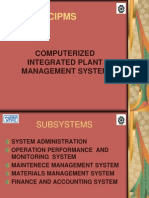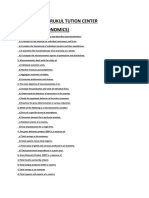100% found this document useful (1 vote)
7 views29 pages02-Process Models
ICT 205 Software Engineering
Uploaded by
hawiki2514Copyright
© © All Rights Reserved
We take content rights seriously. If you suspect this is your content, claim it here.
Available Formats
Download as PPTX, PDF, TXT or read online on Scribd
100% found this document useful (1 vote)
7 views29 pages02-Process Models
ICT 205 Software Engineering
Uploaded by
hawiki2514Copyright
© © All Rights Reserved
We take content rights seriously. If you suspect this is your content, claim it here.
Available Formats
Download as PPTX, PDF, TXT or read online on Scribd
/ 29



